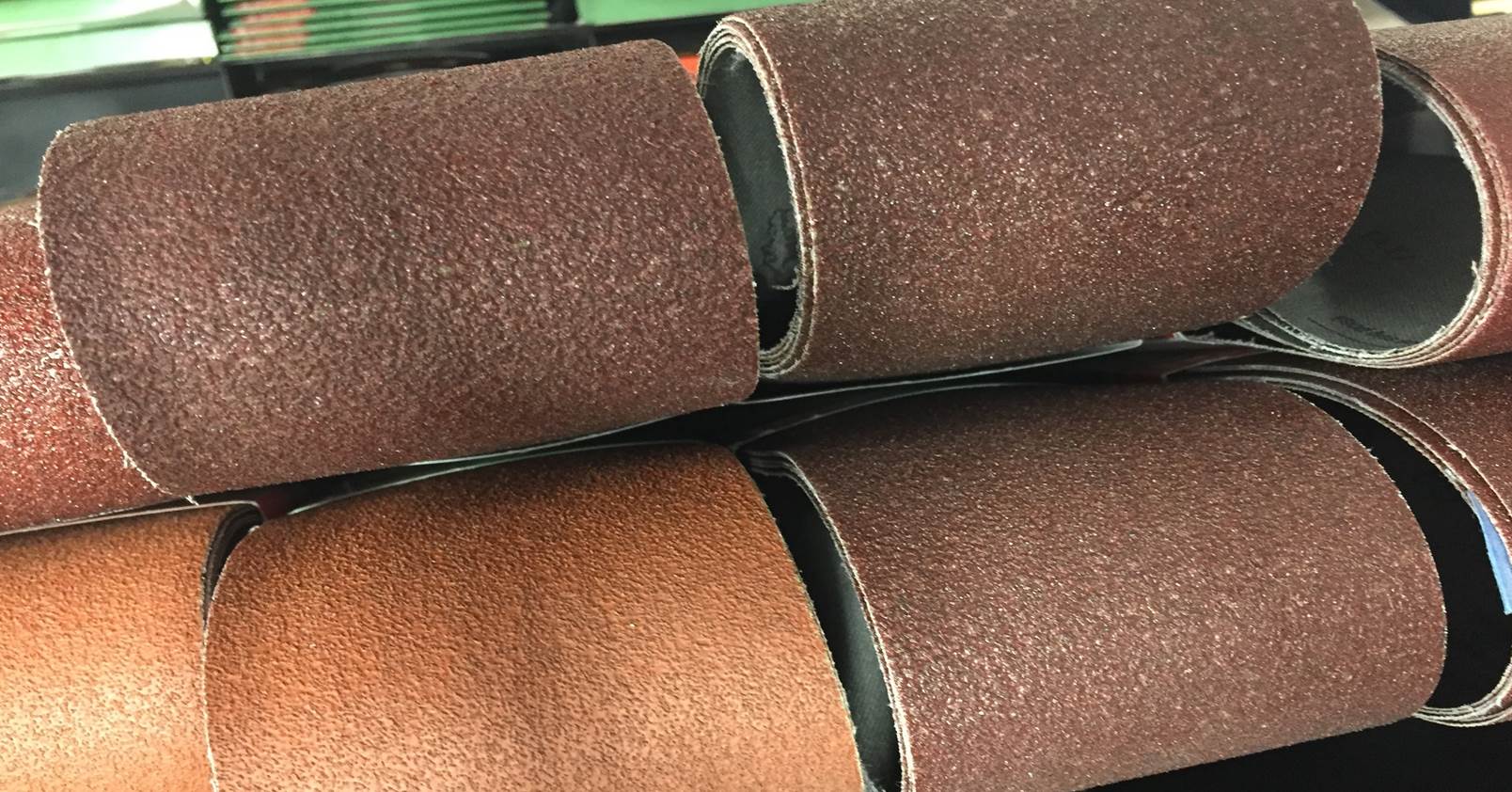

Despite its name, sandpaper is not actually made of sand; instead, it consists of grains or grits from natural or synthetic sources. These particles are sifted and sorted by size before being applied to paper with adhesive, thus creating the abrasive and handy helper.
Selecting the correct grit of sandpaper can be confusing. Review these recommendations for the best choice for your project.
GRIT SIZE
Different projects require different grit sizes. The size is determined by a gradation scale established by the Coated Abrasive Manufactures Institute (CAMI). The higher the grit number, the smaller the grain and the finer the sandpaper. The lower the grit number, the larger the grain and coarseness of the sandpaper.
COARSENESS
Some projects may call for a certain coarseness of sandpaper instead of a specific grit. Remember these characteristics of the various levels of coarseness.
Extra-coarse Sandpaper is used primarily for tough jobs like removing paint and varnish or sanding old floors. It ranges from 24- to 36-grit sandpaper.
Coarse Sandpaper works best on shaping rough wood or removing previous finishes like polyurethane. This sandpaper runs typically in the 40- to 50-grit range.
Medium Sandpaper ranges from 60- to 100-grit paper and is used with final shaping, primary sanding, and removing of planning marks on wood.
Fine Sandpaper, ranging from 120- to 220-grit, is used in most home workshops. This sandpaper is often used for final sanding before a project is completed.
Extra-fine Sandpaper, including paper with 240-grit to 600-grit, is used between paintings or varnishing and is best suited for polishing jobs.
Familiarize yourself with these sandpaper grits before hitting the hardware aisle. You will then be ready to purchase the correct sandpaper and tools for your project to go smoothly.
©2025 HOLMES BUILDING MATERIALS